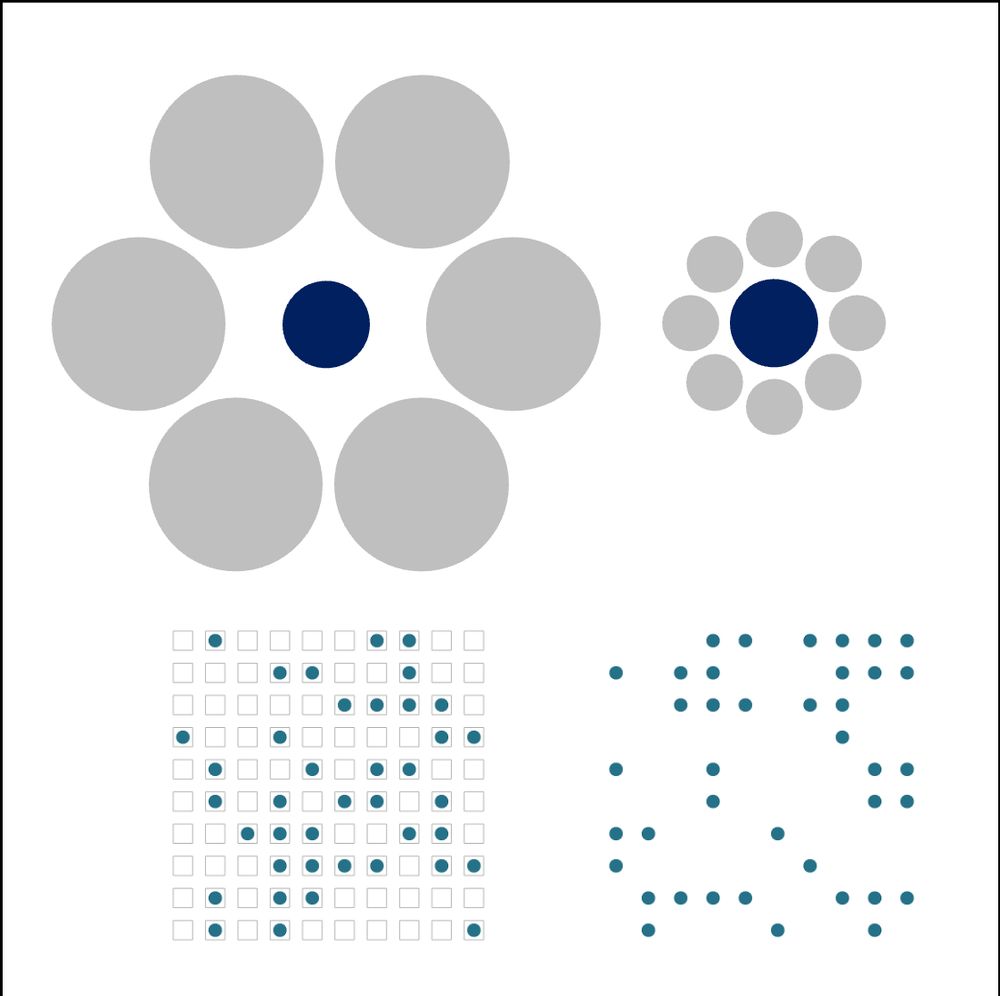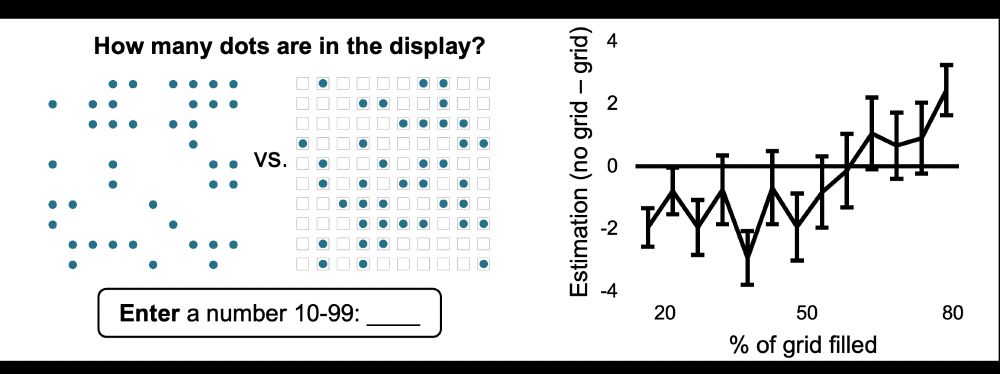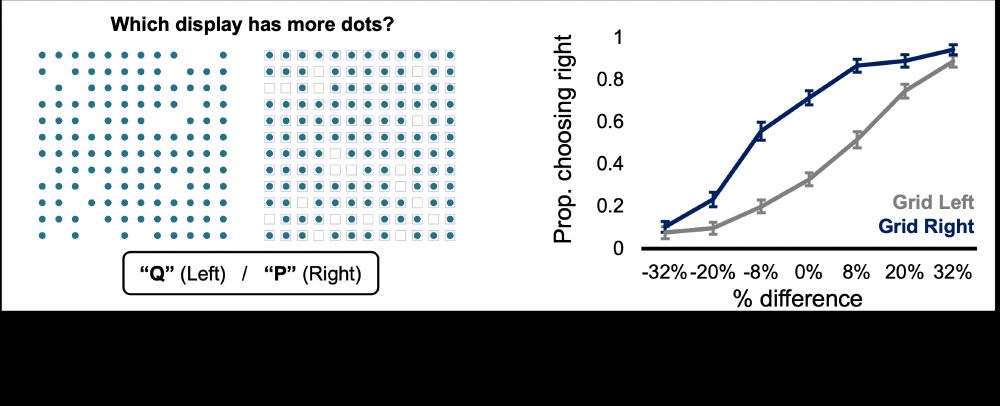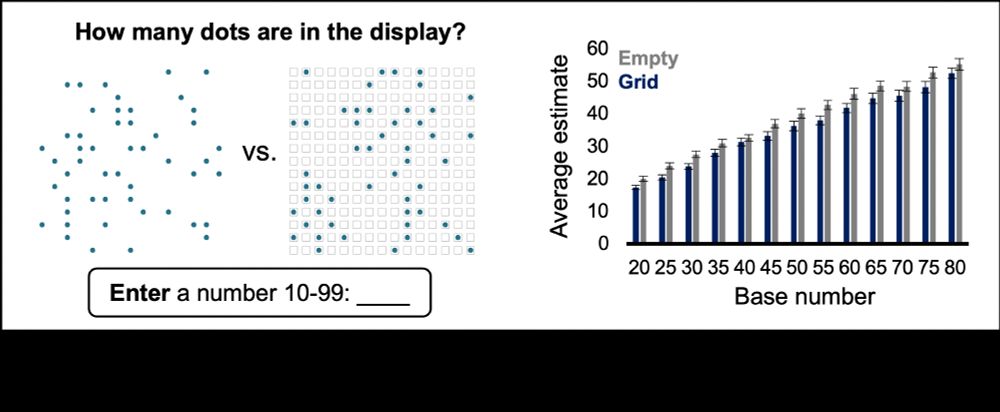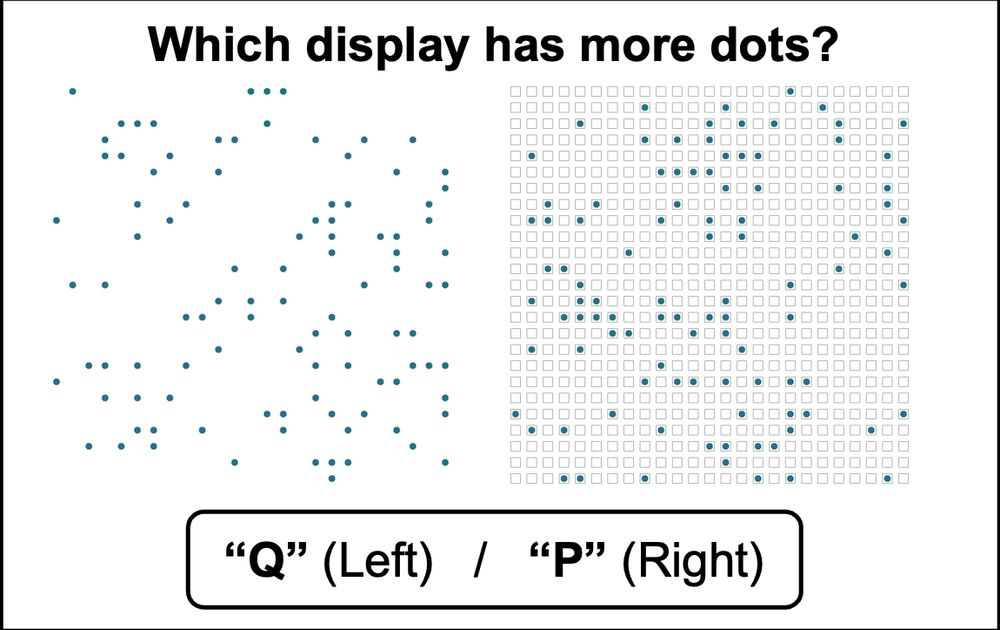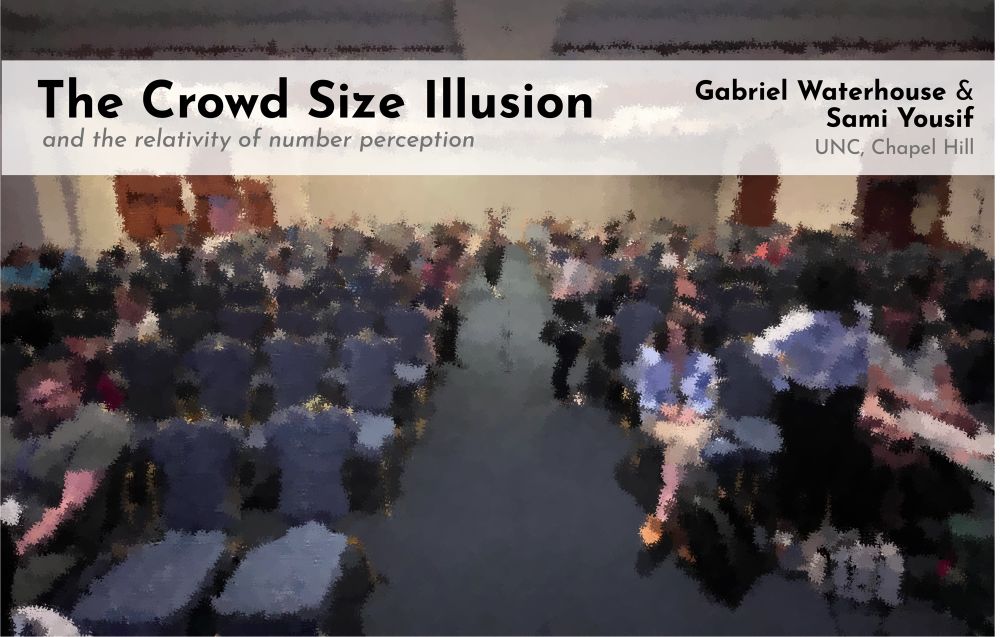Gabe Waterhouse
@gabrielwaterhouse.bsky.social
24 followers
9 following
7 posts
Research Assistant with @samiyousif.bsky.social
studying perception and cognition
Posts
Media
Videos
Starter Packs
Reposted by Gabe Waterhouse
Reposted by Gabe Waterhouse
Sami Yousif
@samiyousif.bsky.social
· Aug 28

Can we “see” value? Spatiotopic “visual” adaptation to an imperceptible dimension
In much recent philosophy of mind and cognitive science, repulsive adaptation effects are considered a litmus test — a crucial marker, that distinguis…
www.sciencedirect.com

